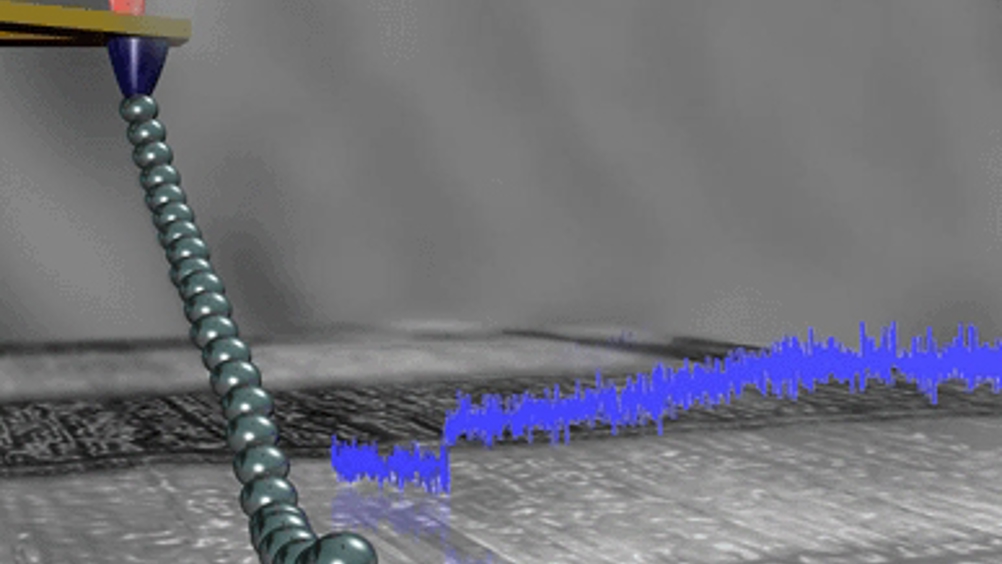Nanoscale friction could lead to surface improvement
Scientists from the Technische Universitaet Muenchen (TUM) have observed a previously unknown type of friction that occurs at the nanoscale.

In search of low-friction components for nanosystems, the physicists led by professors Thorsten Hugel and Alexander Holleitner examined how and why single polymer molecules in various solvents slide over or stick to certain surfaces.
Their goal was to understand the basic laws of physics at the molecular scale in order to develop targeted anti-friction surfaces and suitable lubricants.
For their studies the scientists attached the end of a polymer molecule to the nanometre-fine tip of an atomic force microscope (AFM). While they pulled the polymer molecule over test surfaces, the AFM measured the resulting forces, from which the researchers could directly deduce the behaviour of the polymer coil.
Besides the two expected friction mechanisms such as sticking and sliding the researchers detected a third one for certain combinations of polymer, solvent and surface. The researchers dubbed this ‘desorption stick’.
‘Although the polymer sticks to the surface, the polymer strand can be pulled from its coiled conformation into the surrounding solution without significant force to be exerted,’ said Prof Hugel. ‘The cause is probably a very low internal friction within the polymer coil.’
Register now to continue reading
Thanks for visiting The Engineer. You’ve now reached your monthly limit of news stories. Register for free to unlock unlimited access to all of our news coverage, as well as premium content including opinion, in-depth features and special reports.
Benefits of registering
-
In-depth insights and coverage of key emerging trends
-
Unrestricted access to special reports throughout the year
-
Daily technology news delivered straight to your inbox










CCC Report Finds UK Climate Targets Still Within Reach
In 1990 67% of the UK´s electricity came from coal-fired power stations and even without renewables the transition to gas was a major contributor to...